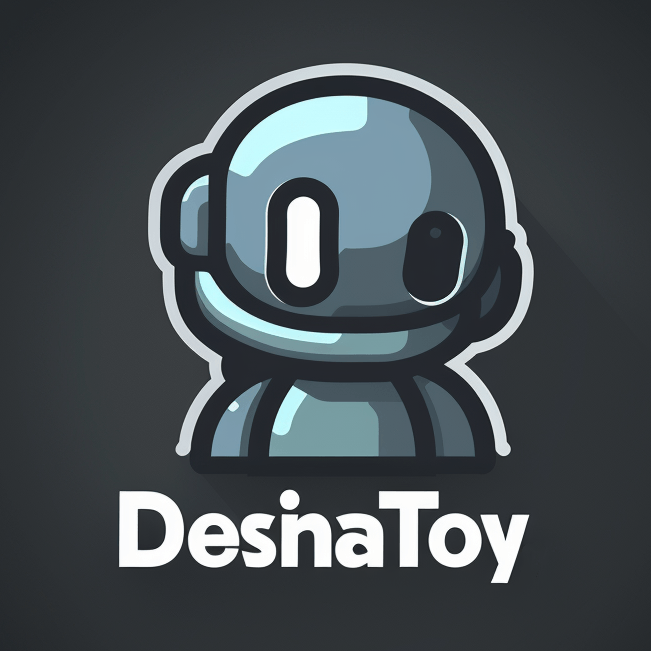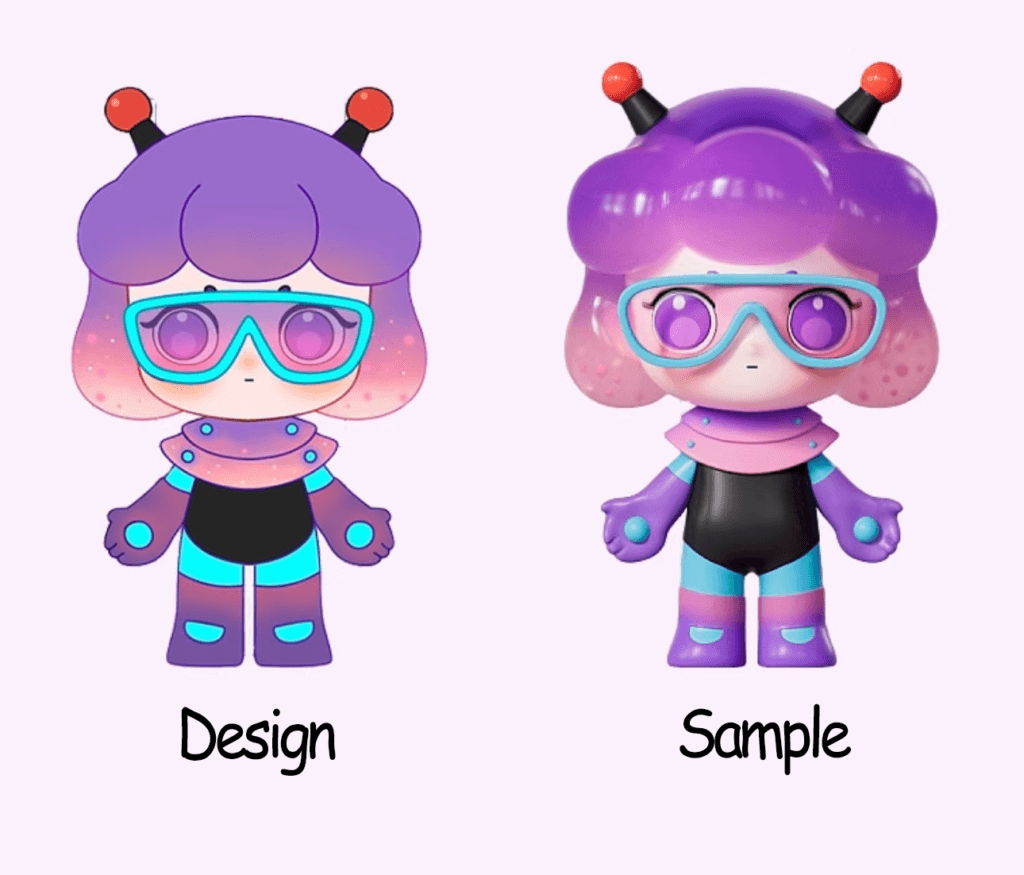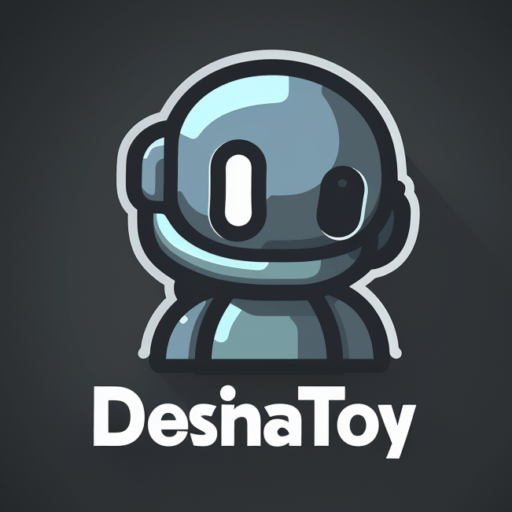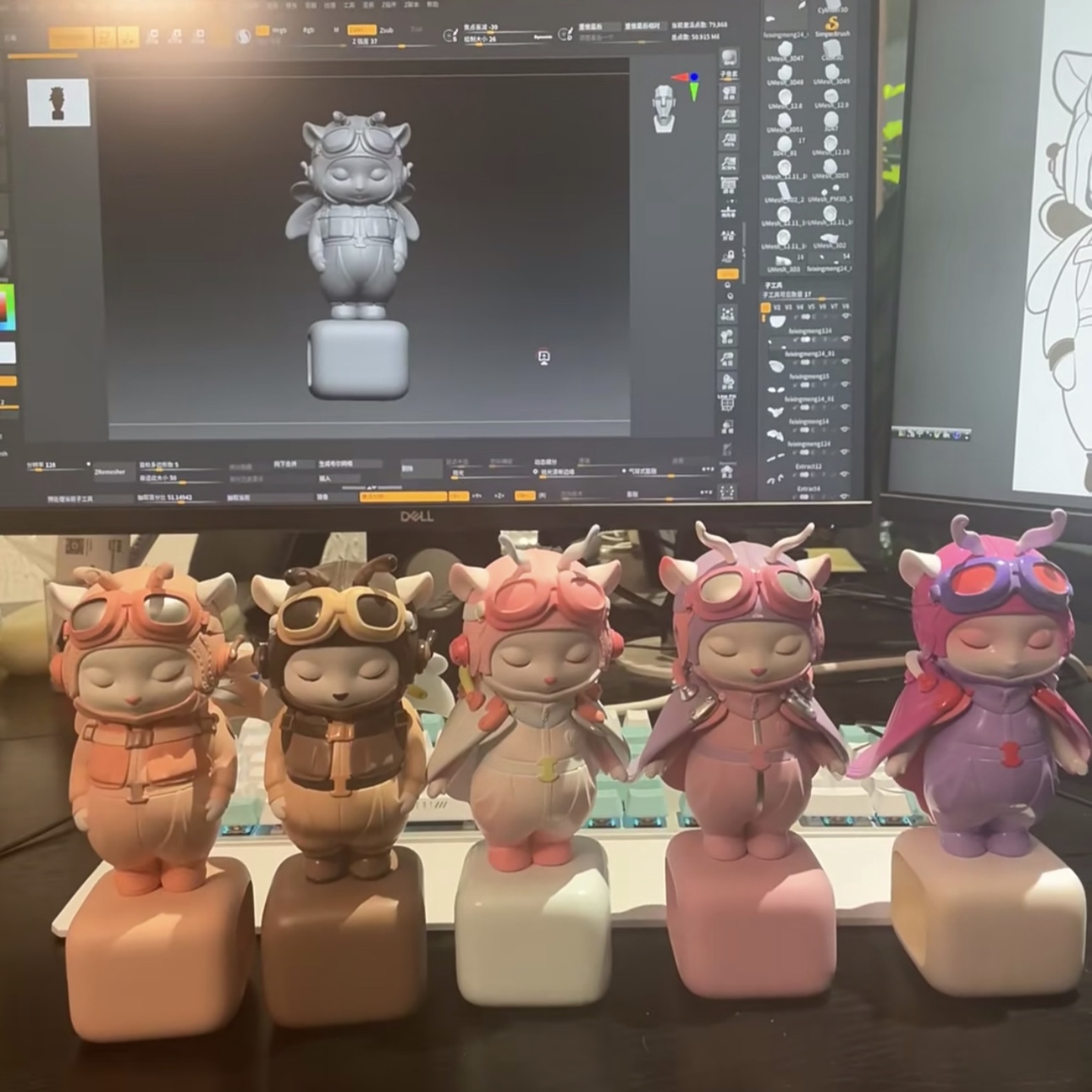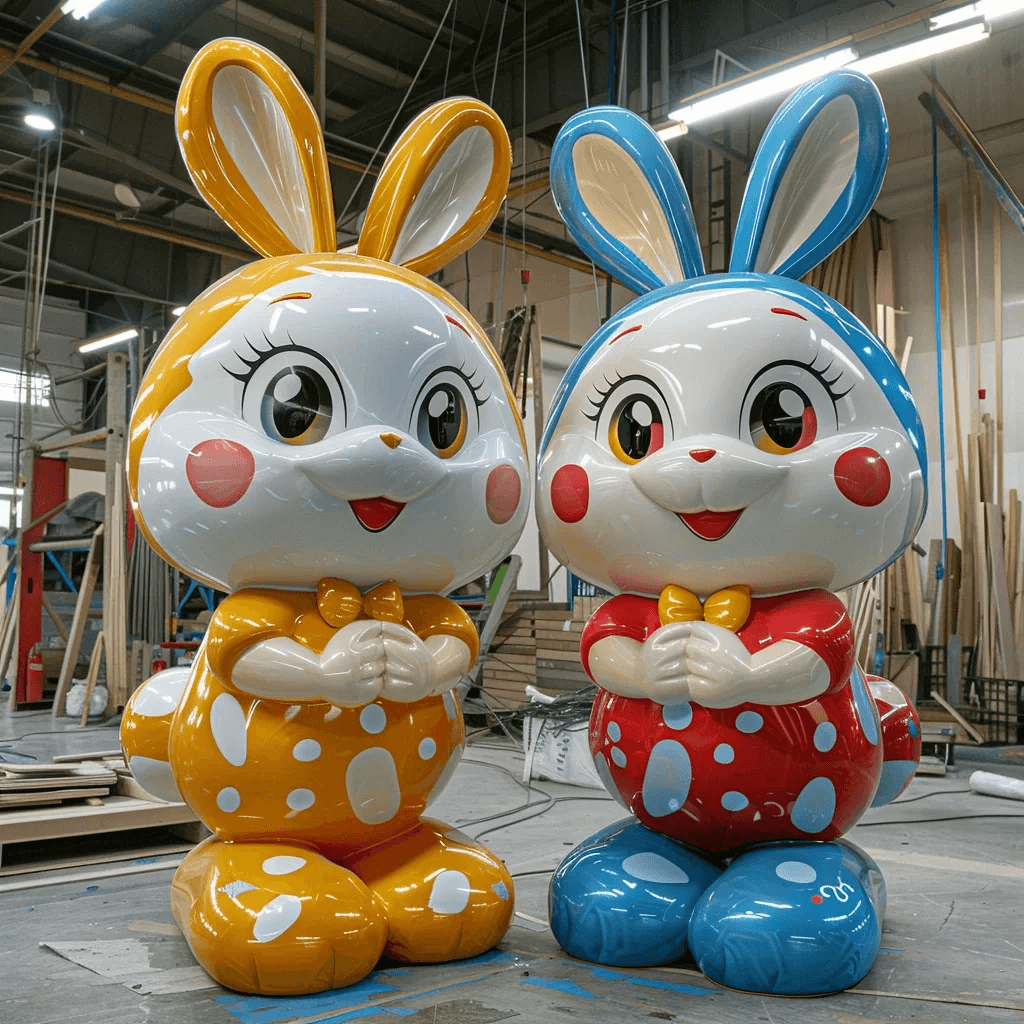
How to Sell Your Custom Figures Online?
Want to sell your own custom figures online? Whether you’re a toy artist, designer, or startup, this guide shows you how to bring your ideas to life, choose the right platforms, find a trusted figure manufacturer, and grow your brand step by step.
